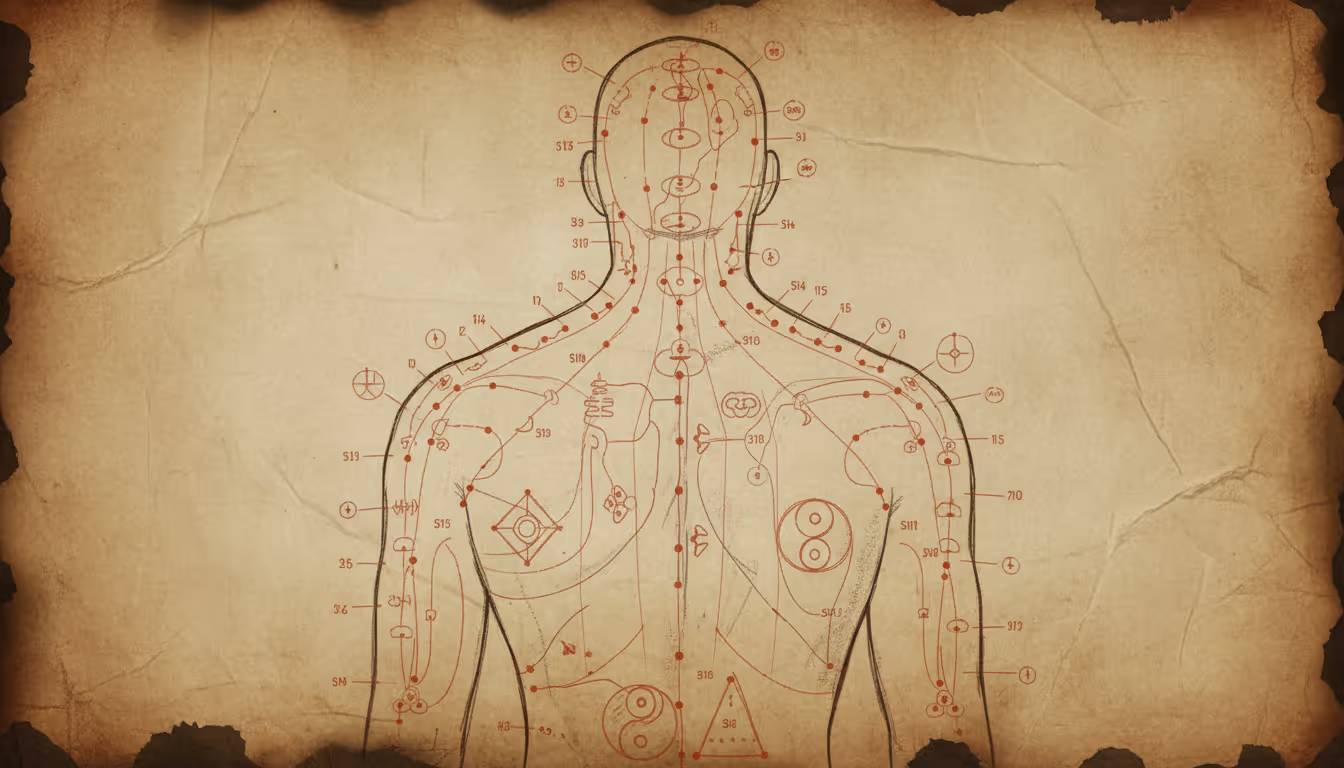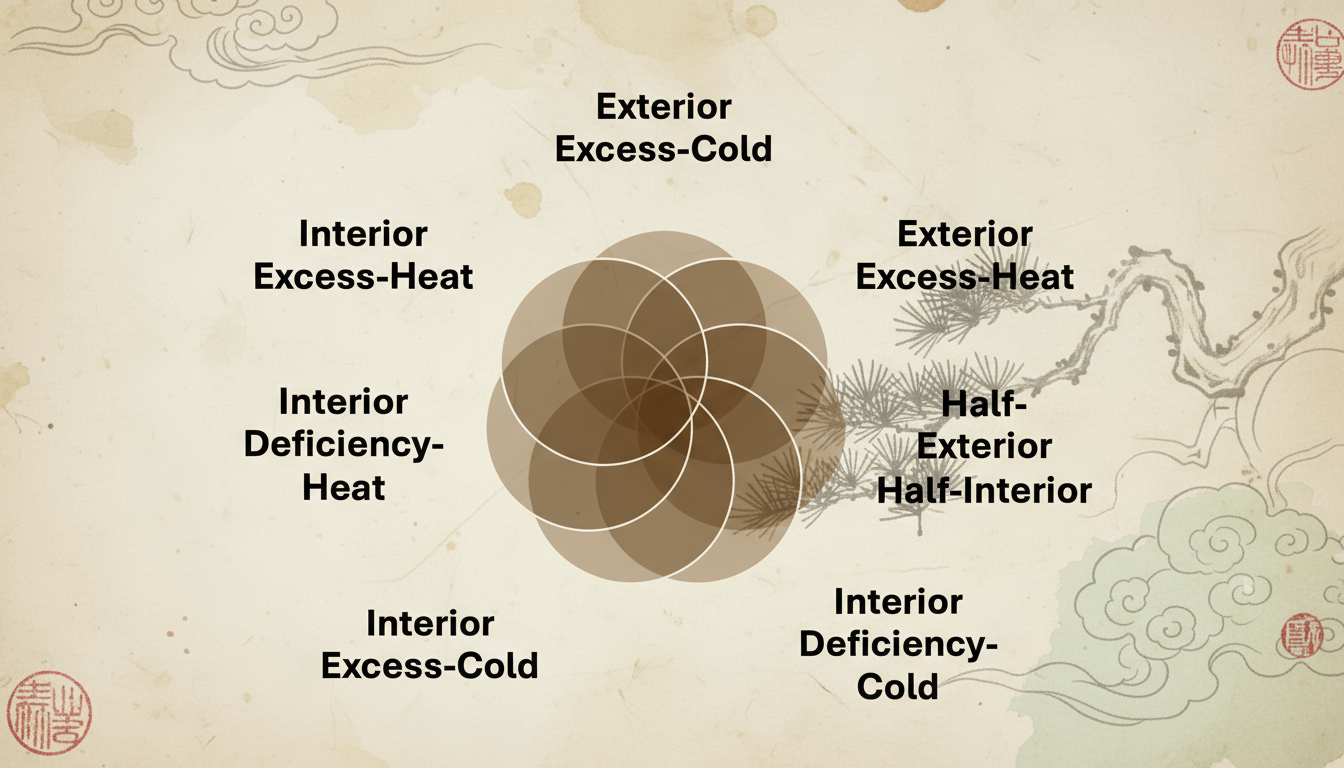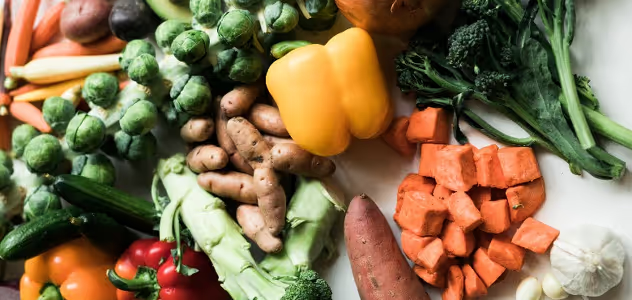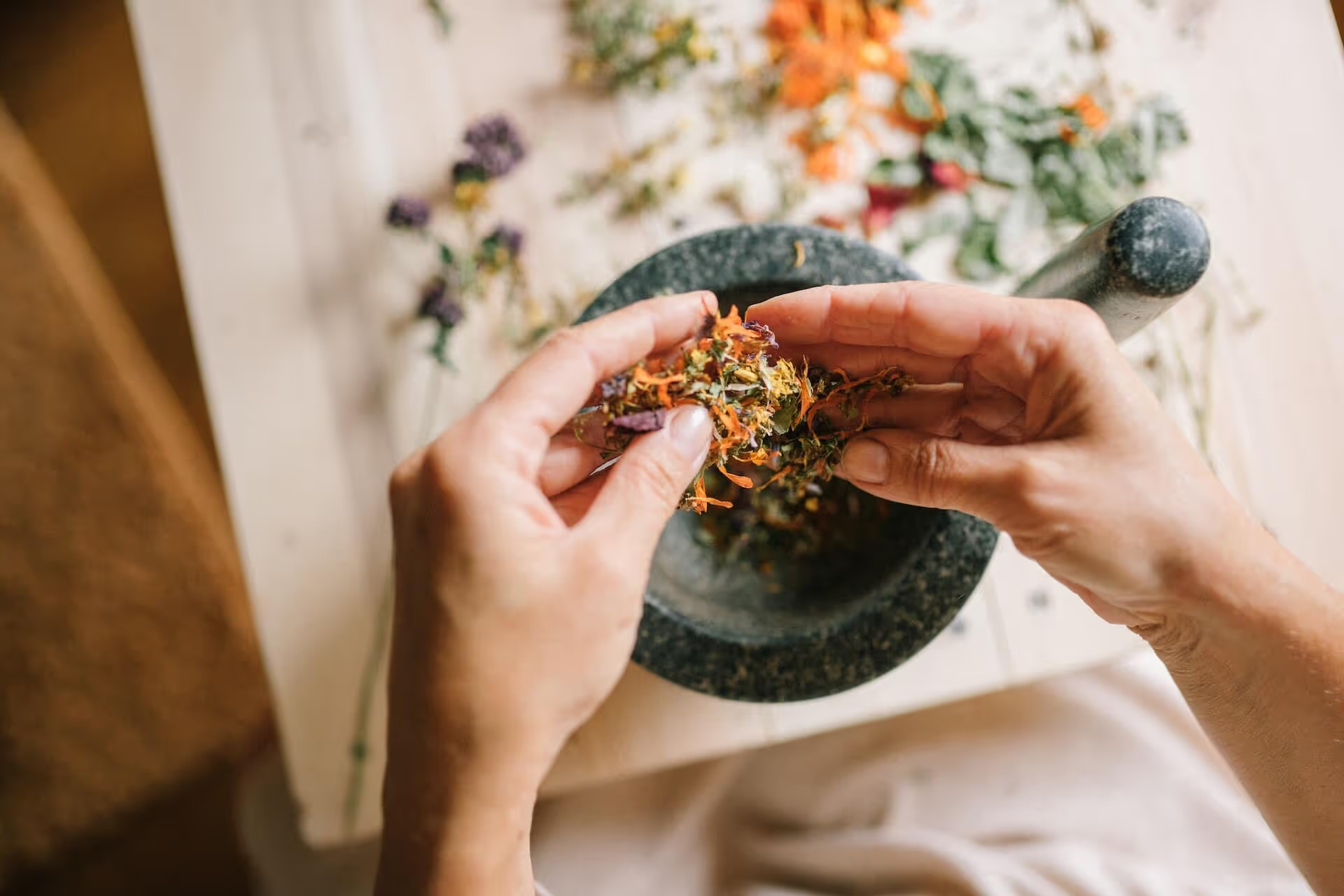If you live with chronic pain, you might feel like you're at the mercy of forces beyond your control. Does your arthritis flare up when a storm rolls in? Does your neck pain migrate from one side to the other without warning? Does stress make your whole body ache? These aren't just your imagination; they are vital clues. In Traditional Chinese Medicine (TCM), these triggers are seen as "Pathogenic Factors"—influences from both our external environment and internal state that can disrupt the body's balance and lead to pain.
Understanding these factors is a cornerstone of TCM diagnostics. It allows a practitioner to move beyond just treating the pain itself and address the root cause, or the systematic pathogenesis, of your condition. By identifying the specific "invader" that's causing trouble, we can create a personalized roadmap to help you find lasting relief.
Manifestations and Pathogenesis: The "What" and the "Why" of Your Pain
In TCM, we look at your health through two key lenses:
- Manifestations: This is the "what." It’s the complete collection of your signs and symptoms. It’s not just the pain itself, but its specific character, location, and timing, along with other clues like your energy levels, digestion, and sleep patterns.
- Systematic Pathogenesis: This is the "why." It’s the underlying process or mechanism that explains why you are experiencing those specific manifestations.
Identifying the pathogenic factor is the key that unlocks the systematic pathogenesis and explains all your seemingly unrelated manifestations. Let's explore the most common culprits behind chronic pain.
The "Six Evils": When the Outside World Gets In
TCM has long observed that our bodies are deeply connected to our environment. Just as a strong wind can shake a tree, environmental forces can disrupt our internal balance. These are often called the "Six Evils" or External Pathogenic Factors.
Wind: The Unpredictable Intruder
Think about the nature of wind—it’s fast, it moves, and it changes direction suddenly. When Wind is the primary pathogenic factor, your pain often behaves in the same way.
- Manifestations: You might experience pain that migrates around your body (e.g., shoulder pain one day, wrist pain the next). It can come on suddenly and may be accompanied by stiffness, spasms, tremors, dizziness, or itching.
- Systematic Pathogenesis: Wind invades the body's exterior, obstructing the channels and network vessels. This disruption to the flow of Qi (vital energy) and Blood leads to the characteristic moving and spasmodic pain.
Cold: The Constricting Force
Imagine what happens when water freezes—it contracts and stops flowing. Cold has a similar effect on the body.
- Manifestations: Pain caused by Cold is often severe, sharp, and fixed in one location. It feels worse with inactivity and exposure to cold, but better with warmth and gentle movement. Your joints might feel stiff and contracted.
- Systematic Pathogenesis: Cold invades the channels and constricts blood vessels. This congeals the flow of Qi and Blood, creating a "traffic jam" that results in sharp, stabbing pain.
Damp: The Heavy, Lingering Burden
Think of the feeling of wearing a heavy, wet coat on a humid day. That is the essence of Dampness.
- Manifestations: Damp pain is characterized by a feeling of heaviness, soreness, and achiness. Joints may feel swollen and stiff, and the pain is often worse in damp weather. You might also feel sluggish, foggy-headed, and have a poor appetite.
- Systematic Pathogenesis: External Dampness invades the body and settles in the joints and muscles, obstructing the flow of Qi and Blood. Because of its heavy and sticky nature, it's often stubborn and can take time to resolve.
Heat: The Inflammatory Agitator
This is the pattern that most closely resembles the Western concept of inflammation.
- Manifestations: Pain from Heat feels hot or burning. The affected area is often red, swollen, and painful to the touch. You might feel better with cold applications and worse with heat.
- Systematic Pathogenesis: Heat invades the body and agitates the flow of Qi and Blood, causing redness and swelling. It can also "burn" the body's fluids, leading to stiffness and a feeling of dryness.
Beyond the Weather: Other Pathogenic Factors
While external factors are major players, TEAM recognizes that our internal state and lifestyle choices are just as important.
- Internal Pathogenic Factors: These are the "Seven Emotions." Chronic stress, anger, worry, or grief can disrupt the smooth flow of Qi, leading to stagnation and pain. If your pain always flares up after a stressful week, this is a key clue.
- Miscellaneous Factors: This category includes things like improper diet (too much greasy, sugary, or cold food can create Dampness), overwork, lack of rest, and traumatic injuries that cause long-term Blood Stasis.
A Patient's Journey: David's Battle with Joint Pain
David, a 52-year-old accountant, came to the clinic complaining of pain in his hands and wrists that had been getting worse for years. He loved to garden, but the pain was making it impossible.
During the "Asking" phase of his TEAM diagnostics, David described his manifestations. The pain was a deep, fixed ache that was much worse in the morning and on rainy days. His fingers felt stiff and swollen, and applying a heating pad always brought some relief. He also mentioned feeling heavy and sluggish most of the time.
The practitioner noted that David's tongue was slightly swollen with a thick, white, greasy coating. His pulse felt "soggy."
The practitioner explained the systematic pathogenesis. "Your pattern," she said, "is what we call 'Cold-Damp Bi,' or Painful Obstruction. The cold makes the pain sharp and better with heat, while the dampness is causing the heaviness, swelling, and stiffness."
David's treatment plan was designed to warm the channels and expel the dampness. It included acupuncture, a topical herbal liniment, and some crucial lifestyle advice.
Practical Tips for Your Lifestyle
- Dress for the Weather: Protect yourself from Wind and Cold by wearing a scarf and keeping your neck, shoulders, and lower back covered, especially on breezy or cold days.
- "Eat the Weather": On cold, damp days, focus on warming foods. Make a big pot of soup with ginger, garlic, and turmeric. On hot, inflammatory days, eat cooling foods like cucumber, celery, and mint.
- Manage Dampness from the Inside Out: If your pain feels heavy and swollen, try reducing your intake of dairy, sugar, fried foods, and excessive raw foods, as these can contribute to internal Dampness.
- Try a Ginger Compress: For pain that feels better with heat (a Cold pattern), a simple ginger compress can be wonderfully soothing. Grate fresh ginger, wrap it in cheesecloth, steep it in hot water, and apply the warm, damp cloth to the painful area.
Conclusion
Your chronic pain is not a random affliction; it is a story. The manifestations are the words, and the systematic pathogenesis is the plot. By understanding the role of pathogenic factors like Wind, Cold, and Damp, Traditional Chinese Medicine provides a framework to read that story, understand its origins, and finally, begin to write a new ending—one of balance, comfort, and relief.
Ready to discover the root cause of your pain? Schedule a consultation with our TCM practitioners today.









